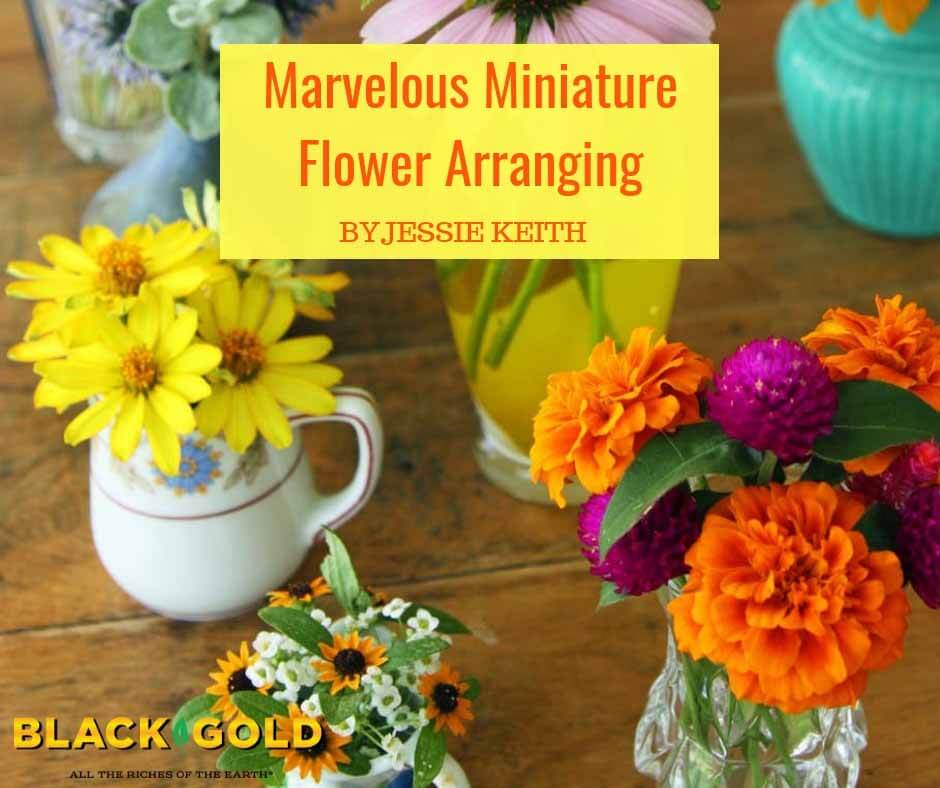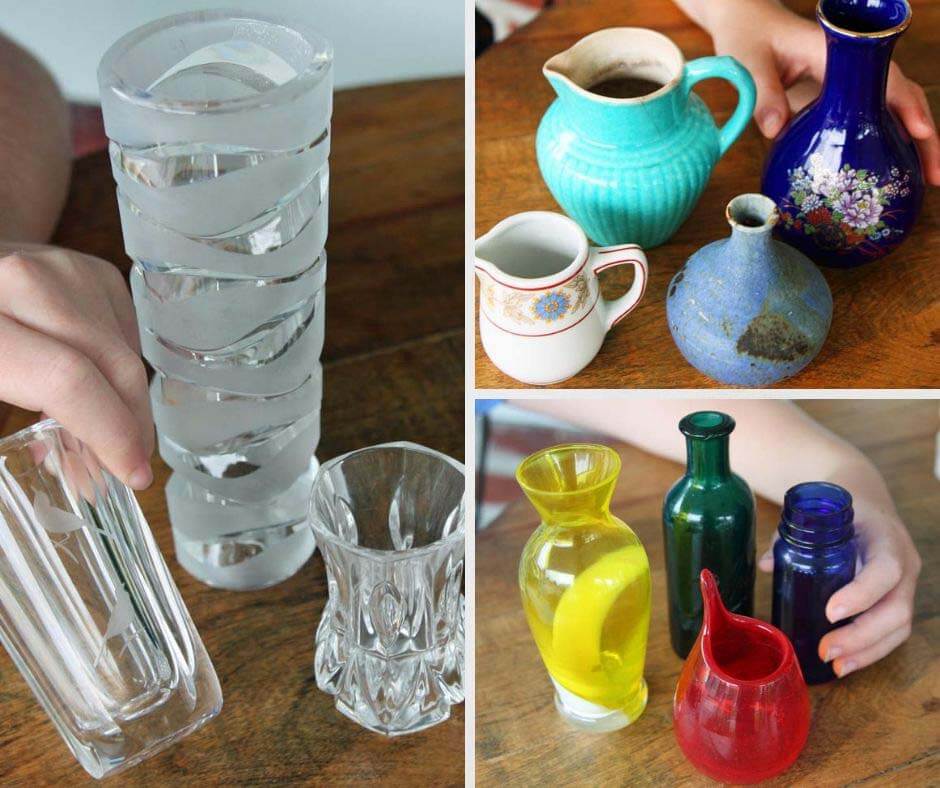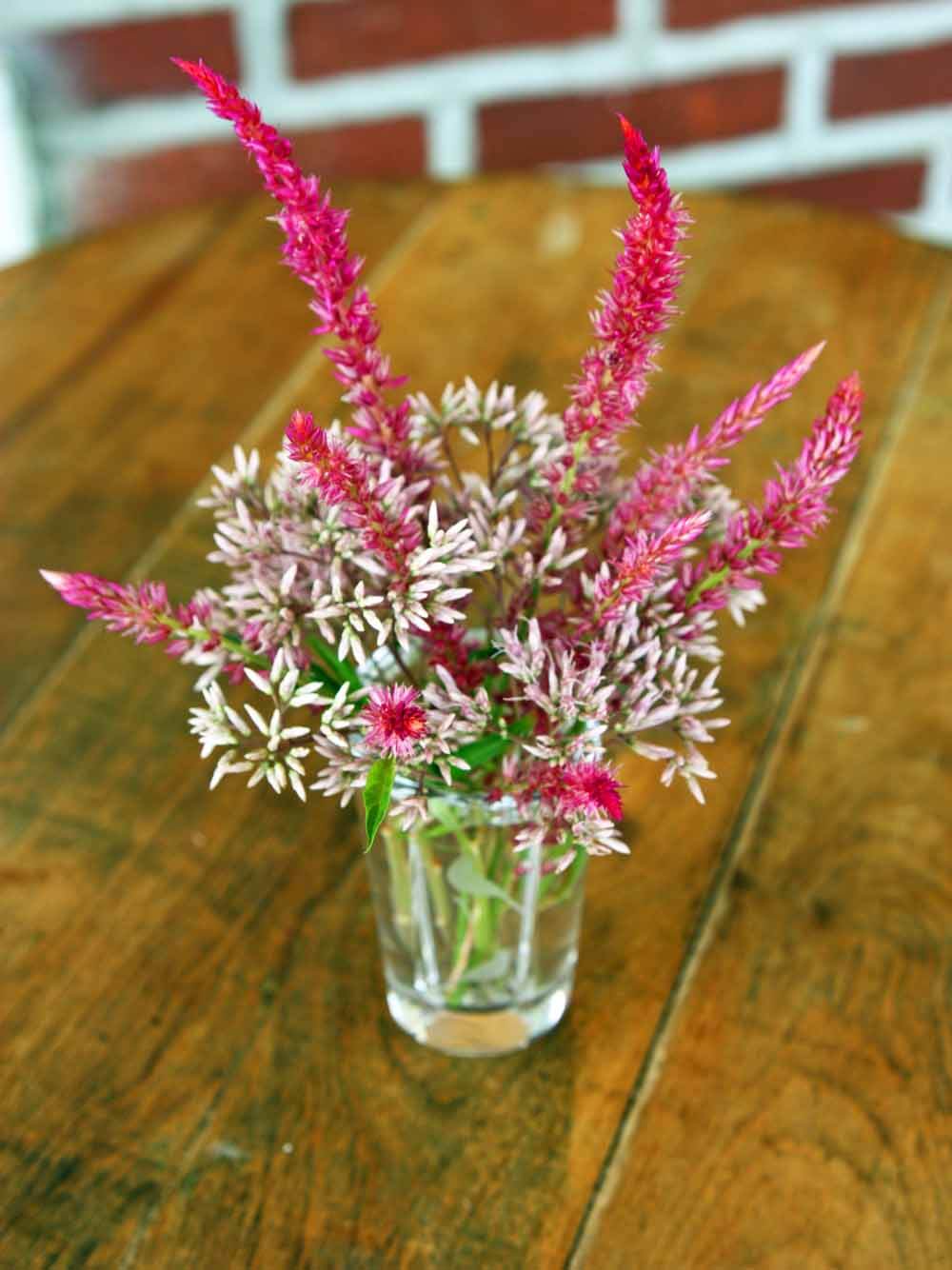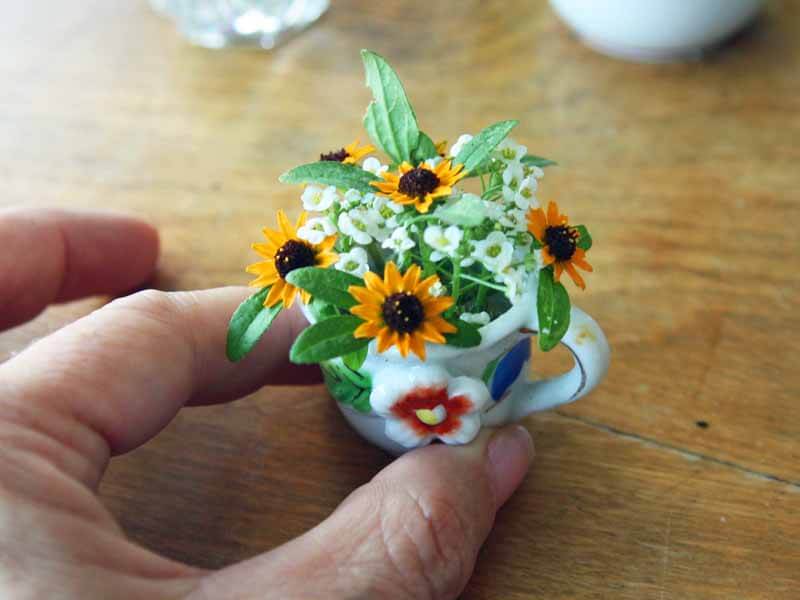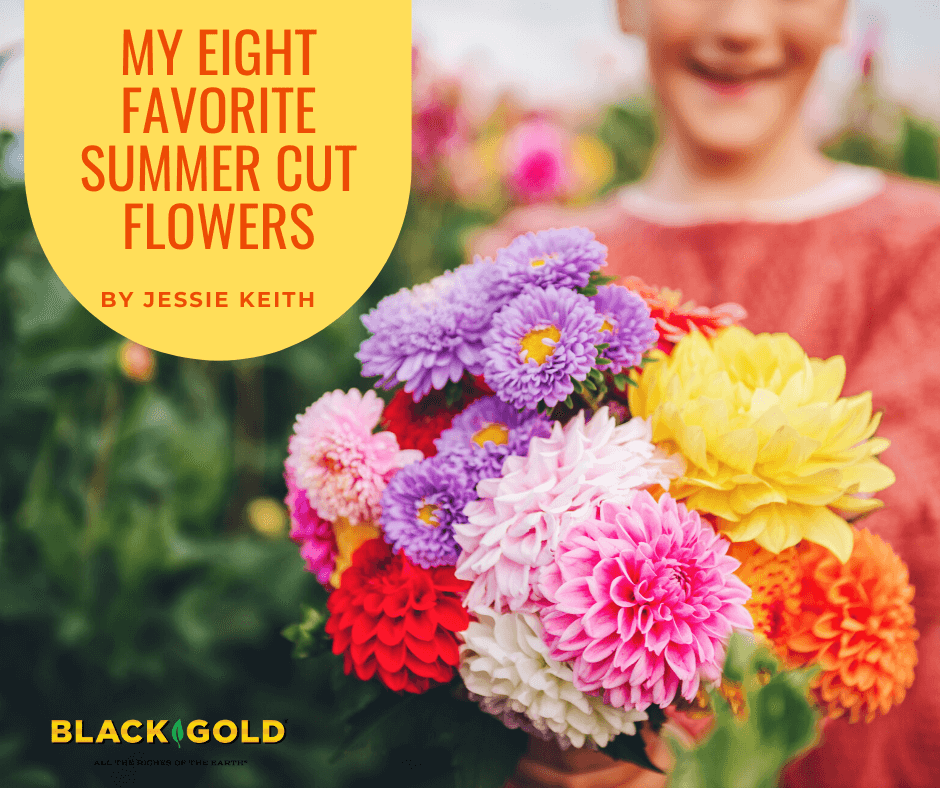
It’s always nice when the prettiest summer flowers can be cut and brought indoors for long-lasting arrangements. Aside from beauty and long vase life, several criteria make a flower suited to cutting. Long-stemmed, showy flowers of all sizes in unique and brilliant colors make the cut (pun intended). I also like heavy bloomers, so there are enough flowers to share with the bees and butterflies. Fragrance is another bonus.
My list contains a mix of flowering shrubs, perennials, and annuals that are most prevalent in the garden from mid to late summer. Some will flower until frost. When planting a garden with future cutting in mind, choose flowers that combine well in colors that please you.
Get Your Vases Ready

If you love cut flowers enough to grow them, you are likely an avid vase collector like me. My collection includes vases of all colors and sizes. (Click here to read my article about miniature flower arranging (many mini vases are shown).) It’s always good to have several large, medium, and small vases in various colors to show off your prized blooms. Just remember that colorful vases can compete with colorful arrangements. It’s better to choose flowers in monochromatic or neutral color schemes for multicolored vases. Neutral vases will best show off an extravagant collection of pretty flowers.
My Eight Favorite Summer Cut Flowers
All eight flowers are sun-lovers that grow best in fertile soil. Before planting, it helps to amend garden beds with Black Gold® Natural & Organic Flower and Vegetable Soil. Be sure to feed plants with a fertilizer formulated to encourage flowering to ensure full flowering.
China Asters

Here’s a long-lasting cut flower that should gain newfound popularity. Few gardeners grow old-fashioned China asters (Callistephus chinensis) these days, but they are elegant, easy annuals that make fantastic arrangments. The Chrysanthemum-like blooms can be ruffled and double or starry and cactus-like, and their stems are long. Unlike Chrysanthemums, they come in shades of violet-blue and purple as well as pink, red, yellow, and white. The seed-grown annuals are a cinch to start in spring. Tower Custom Mix has ruffly blooms in many colors and long stems. ‘Starlight Light Pink‘, with its pale-pink quilled flowers, is also a good choice and has a very long vase-life. Caveats: these annuals cannot withstand drought and high heat.
Dahlias
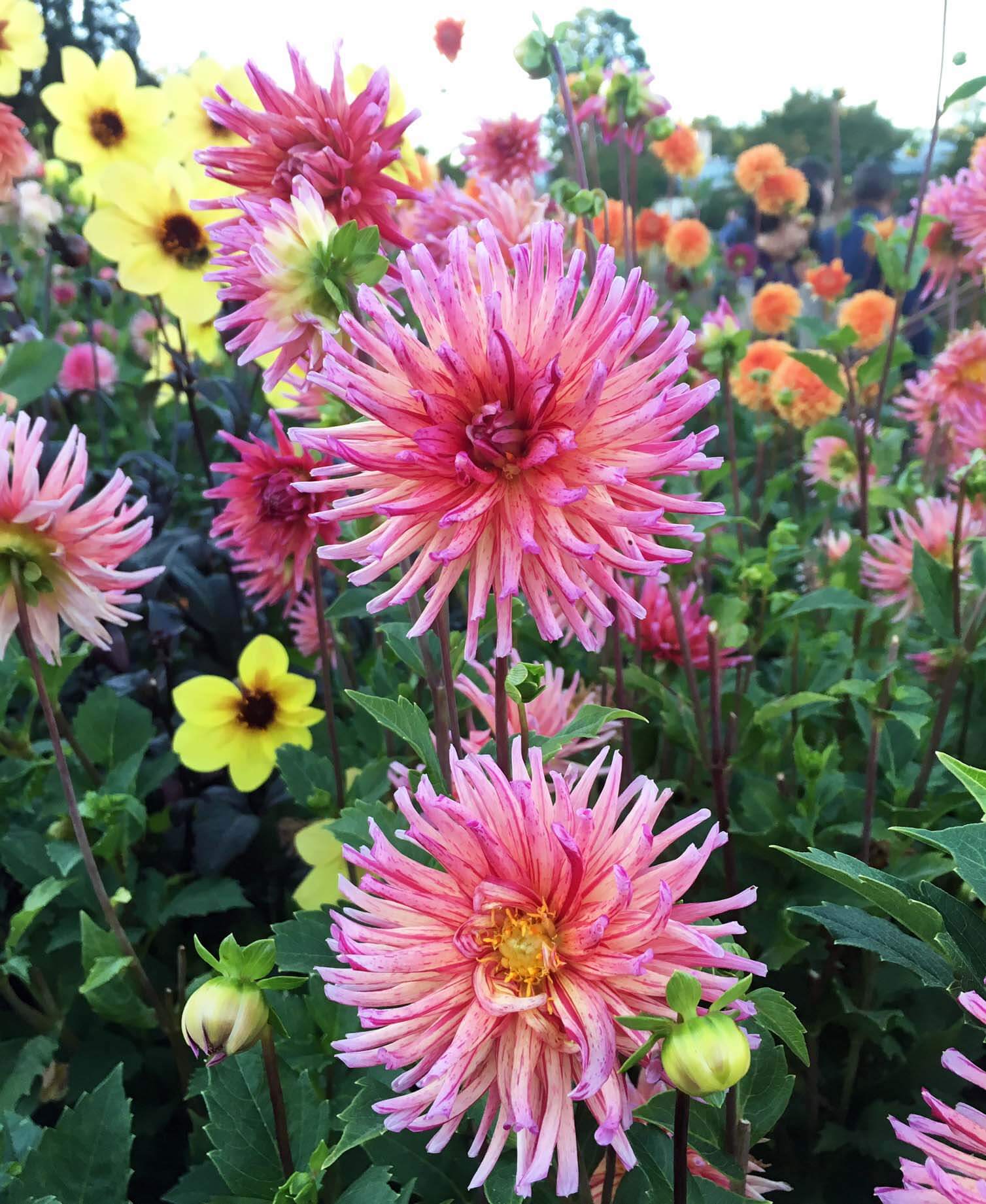
There is so much variation in dahlia flowers–from size to shape to color. The best for cutting must be long-stemmed, so plants should be 2-feet tall or more. My favorites have extra-large waterlily or cactus-type flowers reaching 6 to 12 inches across, but I also love the little guys with tiny pincushion blooms. Dahlias come in all colors of the rainbow except blue. Each year I try something new from one of my favorite sellers, Swan Island Dahlias. The 6 to 8 inch, soft orange blooms of ‘Honeymoon‘ caught my eye this year. Before planting dahlias, amend the soil with Black Gold Canadian Sphagnum Peat Moss, which also comes in handy for packing the tuberous roots for winter storage. (Click here to watch a video all about dahlias.)
Coneflowers

Fresh coneflowers last for up to a week in a vase, sometimes longer. There are so many different varieties (Echinacea hybrids) available in so many colors; it is hard to know what to pick. One of my favorite reds is Echinacea Cheyenne Spirit Mix, which comes in warm shades of red, orange, and yellow. My advice is to choose those with good hardiness that bloom for a long period and are reliably perennial. They are easy as pie to grow. Plant them in full sun and well-drained, amended soil, and you should be set. Always expect some seedlings the following year that you can move around or share with friends.
Gladiolus
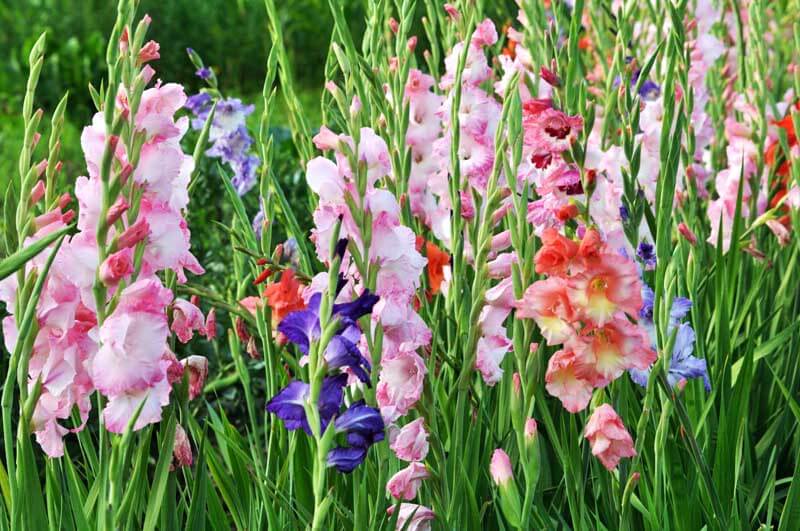
Gladiolus (Gladiolus hybrids, Zones 8-10) are inexpensive and very rewarding. They are sold in spring as packaged bulbs (actually corms) that must be planted after frost. Plant each just 3 inches down and cover. Add a little peat moss and bulb food at planting time to help ensure success. By summer, each bulb will send up spikes of brilliant flowers that are long-lasting when cut. After blooming, they will not flower again, so it is good to plant many. Gladiolus are tender but can be grown in colder zones as long as the corms are dug in fall and stored in a cool, dry place over winter. Try the unusual varieties ‘Fringed Coral Lace‘, with its frilled coral flowers, and ‘Passos‘, which has white blooms splashed with plum purple. Both look lovely together.
Bigleaf Hydrangeas
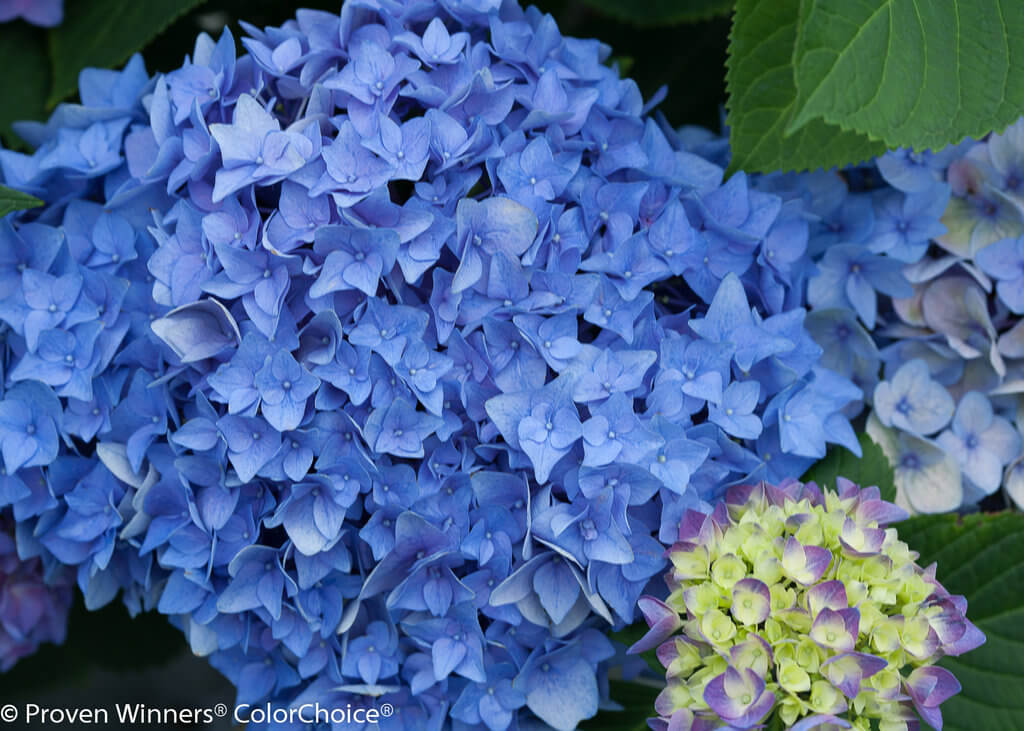
Any hydrangea flower is good for cutting, but bigleafs (Hydrangea macrophylla, Zones 5-11) are very pretty and come in shades of blue, pink, purple, red, and white. Mine is bubblegum pink and flowers throughout the summer. It’s an old variety that was in my yard when I purchased my 1926 home, so I don’t know its name. There are lots of new spectacular varieties on the market, if you have space for a bushy shrub in your landscape or garden. Let’s Dance® Rhythmic Blue® is a reblooming bigleaf with large purplish-blue flower clusters that impress, and it just reaches 4 feet high.
Rudbeckia
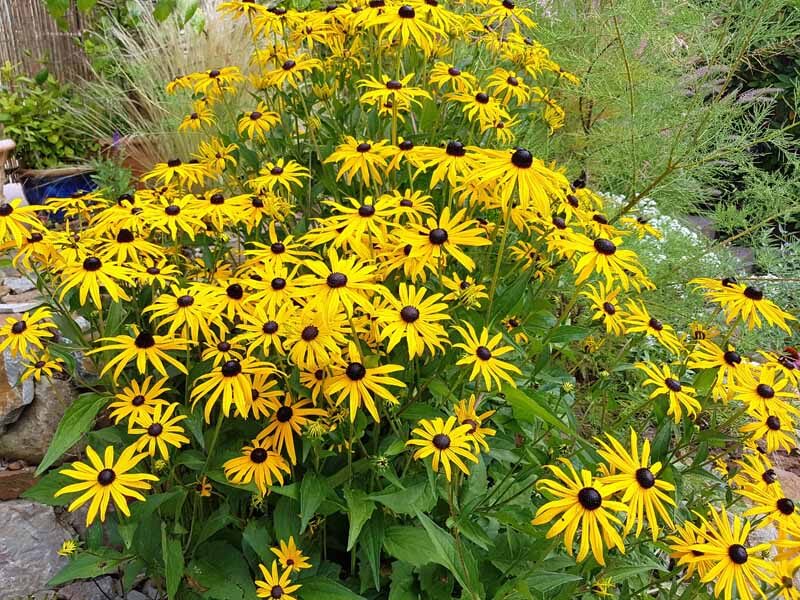
Otherwise known as black-eyed-Susans, Rudbeckia are cut-flower staples. They bloom over a long period, last forever when cut, and there are many kinds. Most are hardy perennials, while others, such as gloriosa daisy (Rudbeckia hirta) are short-lived perennials.
Gloriosas are some of the best for arranging because there are so many varieties. A classic that I have grown for over 25 years is ‘Indian Summer’, which has dark-eyed gold daisies that reach a whopping 6 to 9 inches across. The award-winner may even self-sow a little. Henry Eilers’ sweet coneflowers (Rudbeckia subtomentosa ‘Henry Eilers’), with their matchstick yellow petals, are also pretty when cut.
Sunflowers
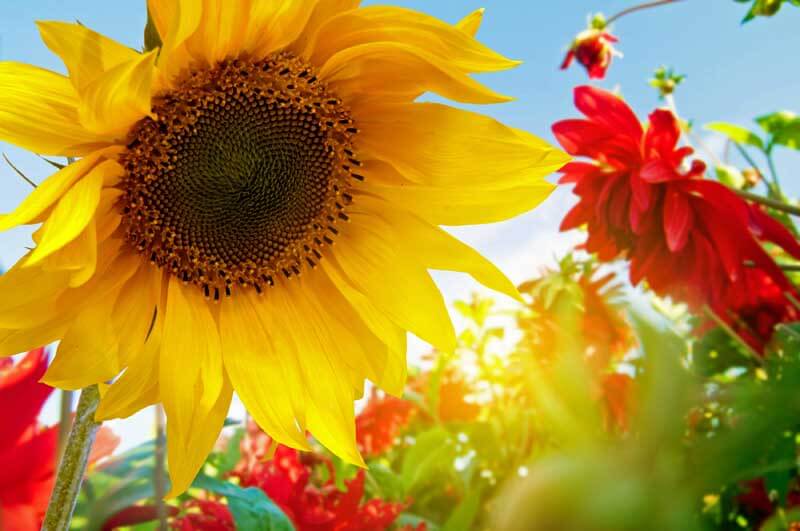
You cannot go wrong with annual sunflowers (Helianthus annuus). They are toss-the-seeds-in-the-ground-and-grow annuals that never disappoint. The heavy-flowering ‘Italian White’ is one of my favorites because its smaller ivory sunflowers are so unusual. This year I also grew the award-winning ‘Soraya‘, which has orange petals and brown centers. Another benefit is that the flowers produce little pollen, which can be surprisingly messy on a table or tablecloth. If you want to really grow sunflowers like the pros plant those in the Pro Cut Series, which have no pollen and bloom profusely. Expect sunflowers to continue flowering into late summer or early fall; be sure to let a few flowers to go to seed to naturally feed the birds. (Click here to watch a video about growing perfect sunflowers.)
Zinnias

You cannot have a cutting garden without tall zinnias (Zinnia elegans). The upright annuals come in lots of vivid colors. My favorites have ragged, cactus-like blooms that stand out in arrangements, among others. The many colorful zinnia blends from Renee’s Garden Seeds are all excellent. (Raggedy Anne Mix can’t be beaten.) They come in color combos to suit almost anyone and bloom nonstop, with deadheading.
Zinnias are easy to start from seed. Just clear out some good ground in late spring, sprinkle the seeds, cover them lightly with peat moss, and keep them moist. They should sprout in no time for an instant cutting garden.
Flower Cutting and Arranging Technique
I am so glad to have this section covered by a video, generously created by the award-winning floral designer, Jennie Love of Love n’ Fresh Flowers. Please watch it for a very simply how-to for creating the perfect summer bouquet. Then make the most of your cut flowers until the last bloom has been taken by frost.


